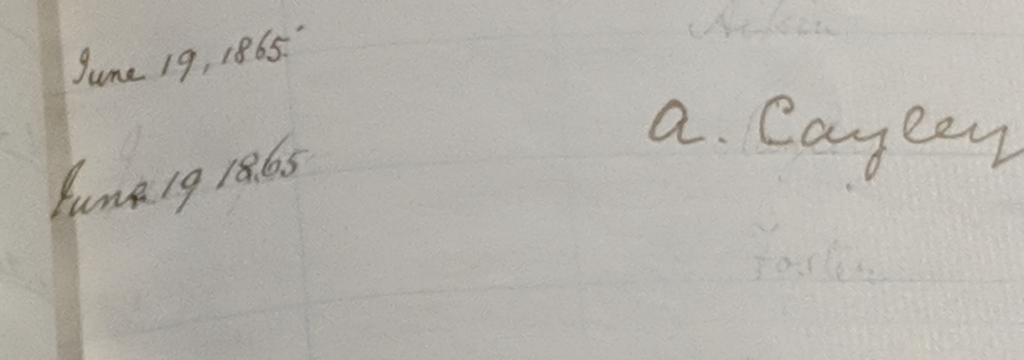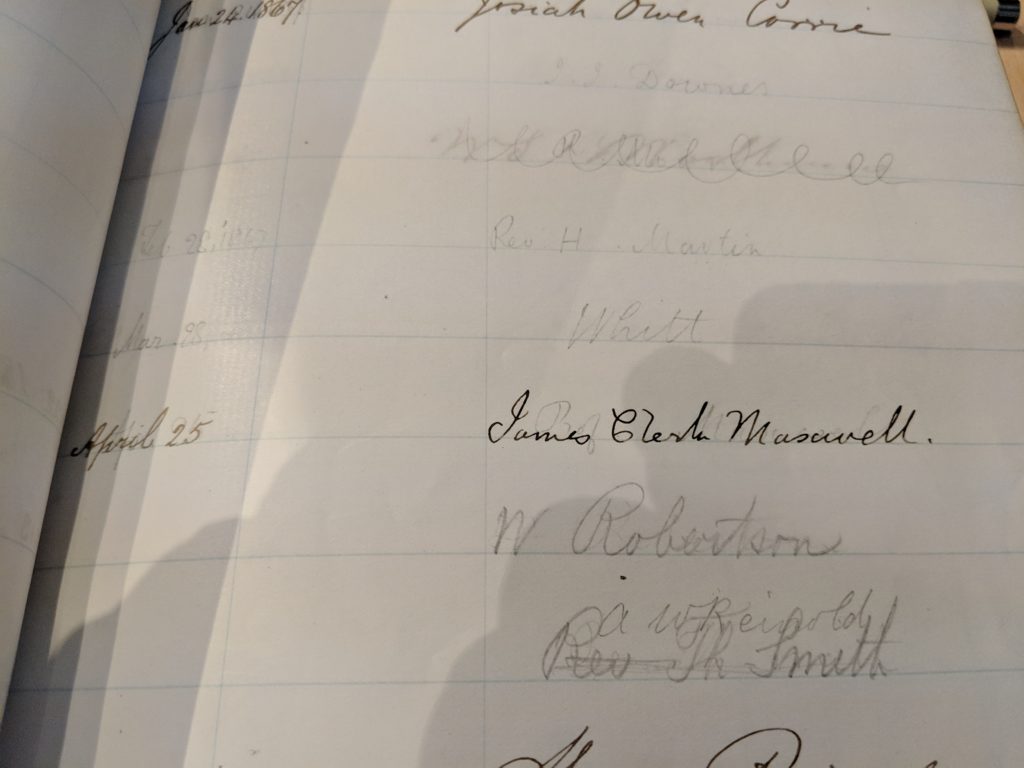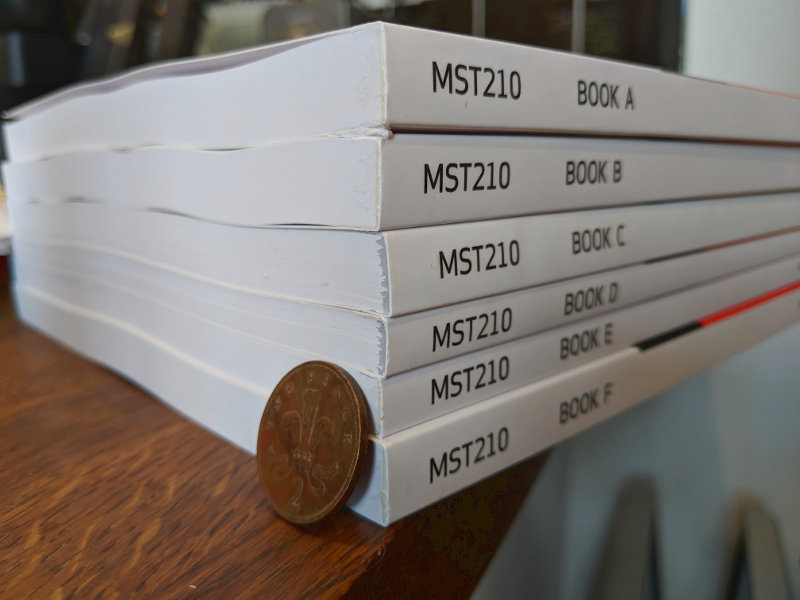I've finally completed the second section of the first book, and it's served as a good revision/introduction session. I'm glad I went to the trouble of creating a mind map for the main concepts that were covered. Here's how my mind map grew as I added to it:
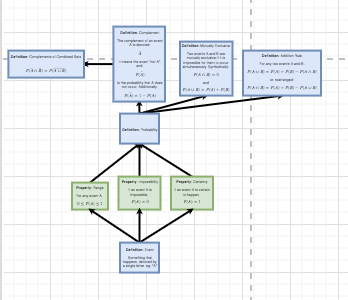
\/
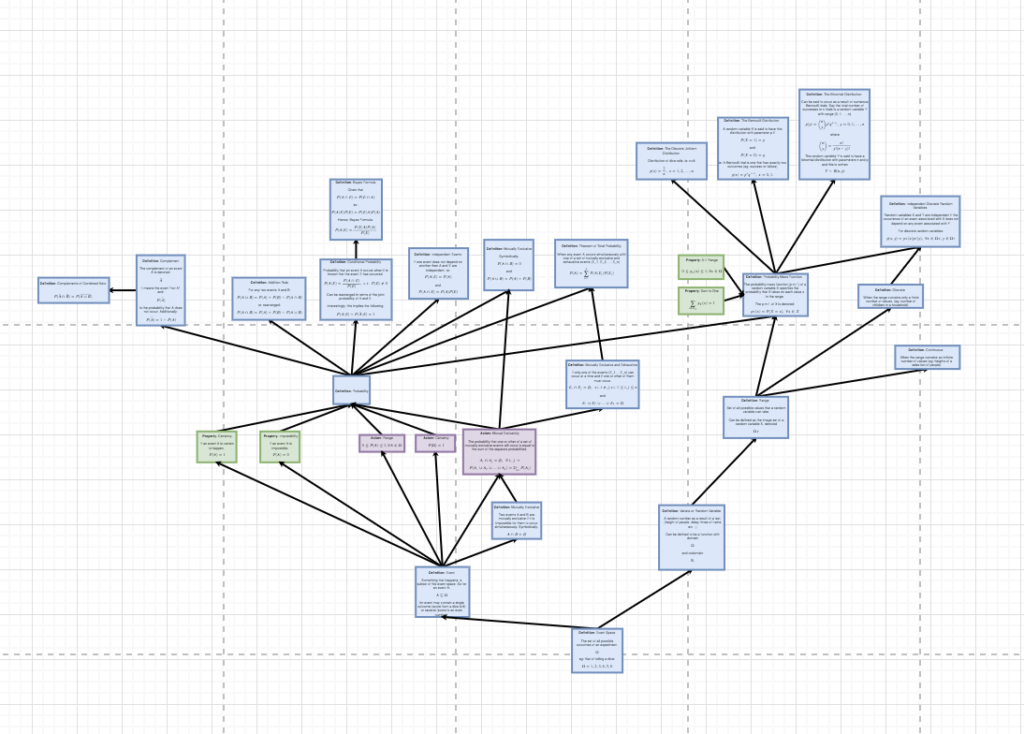
\/
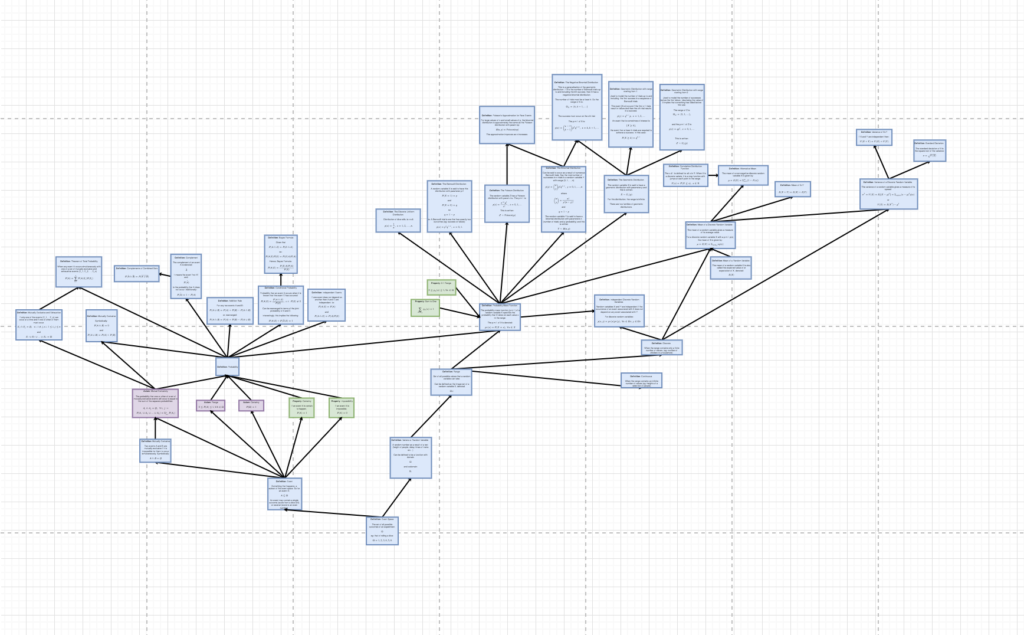
I've used this new mind map to refer back to several times during the exercises I've been set, and even the first assignment question. Admittedly it takes longer to get through all the learning material, as you have to take time out to contribute to the mind map as you go. Though I would say the time spent is worth it.
I also felt that this last image was the maximum size a mind map could take without becoming too cluttered. For the next section of the book, I'll be starting a brand new mind map. I'll try to keep going with this method for as long as I can, but it seems it's very useful.


